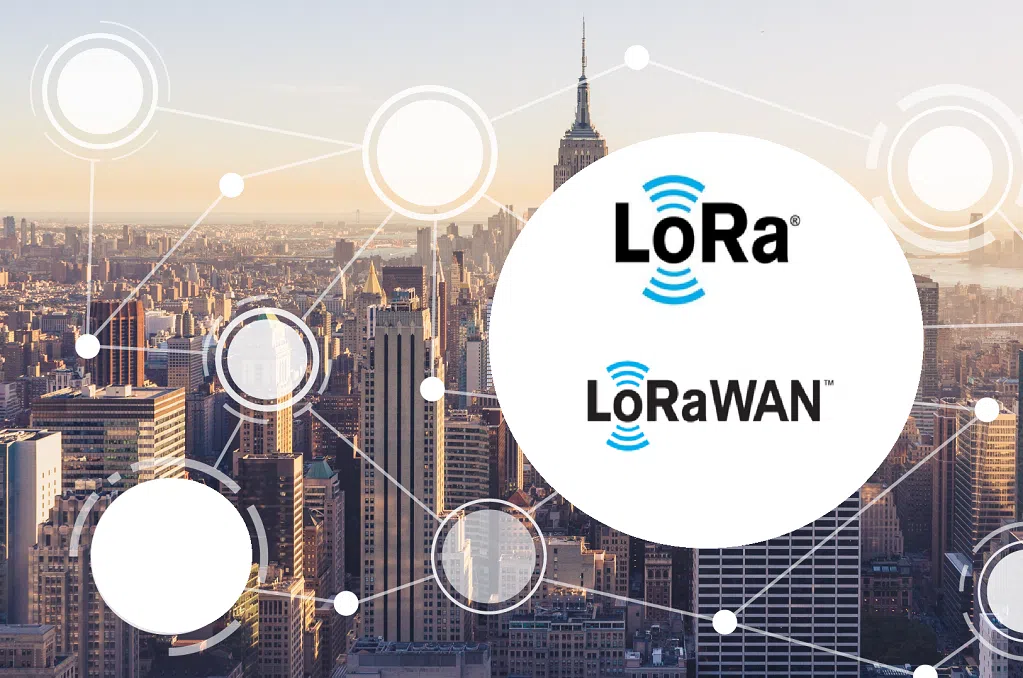The Internet of Things, or IoT, refers to the billions of physical devices around the world that are now connected to the internet, allowing devices to communicate with each other and collect and share data. Today, more and more companies are using the Internet of things in markets such as agriculture, manufacturing, construction and smart cities. There are many established uses where we are taking advantage of IoT technologies such as energy-saving, predictive maintenance or geolocation and device tracking. The Internet of Things allows millions of devices to be connected, measured and monitored to automate processes and operations and support better decision-making. While tons of communication protocols exist to allow devices to communicate over a network, each of them lack one thing or the other which make them “not totally suitable” for IoT applications. The LoRa and LoRaWAN wireless Internet of Things (IoT) wide area network (WAN) protocols were introduced to support the soaring popularity of the Internet of Things by allowing the long-range transfer of information at a low cost.
What is LoRaWAN and LoRa?

What is LoRa?
The word LoRa is short for Long Range and it is a proprietary, low-power and long-range wireless technology that uses license-free wireless spectrum — much like Wi-Fi uses the unlicensed 2.4 GHz and 5 GHz frequencies. The exact frequency LoRa uses depends on the physical location of deployment. For example, LoRa uses the 915 MHz bands in North America and the 868 MHz band in Europe. Thus, it’s important to know which frequencies can be legally used in each LoRa deployment location. From a range perspective, LoRa can communicate up to 10 km away under optimal, line-of-sight conditions.
Long-range communication needs can play on all levels: between IoT devices, between, with and in IoT gateways, IoT platforms and/or databases, edge computing and fog computing nodes, other cloud applications, business platforms, and industrial systems; the list is endless and depends on the type of IoT application and (use) case.

What is LoRaWAN?
From a networking perspective, LoRa creates only a physical layer method of wireless transport, such as a transceiver chip. That means it lacks the proper network protocols to manage traffic for data collection and endpoint device management. This is where Long-Range WAN — or LoRaWAN — comes into the picture.
LoRaWAN is an open, cloud-based protocol — designed and maintained by the LoRa Alliance — that enables devices to communicate wirelessly with LoRa. Essentially, LoRaWAN takes LoRa wireless technology and adds a networking component to it, while also incorporating node authentication and data encryption for security. From an enterprise IT deployment perspective, LoRaWAN networks are ideal for IoT devices that continuously monitor the status of something and then trigger alerts back to gateways when the monitored data surpasses a specified threshold. These types of IoT devices require little bandwidth and can run on battery power for months or even years.
The difference between LoRa and LoRaWAN
LoRa and LoRaWAN are both commonly used for IoT devices, but each has its niche capabilities and applications. LoRa technology provides a way to use an unlicensed wireless spectrum, but it lacks the networking capabilities needed for management. LoRaWAN is a protocol that builds on top of LoRa and creates a network layer that allows devices to communicate efficiently.

